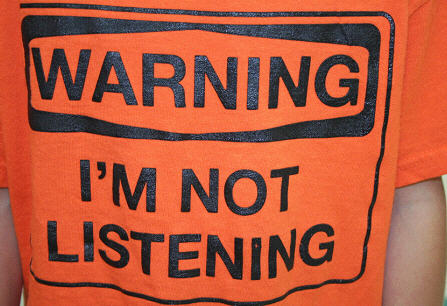PR: Needed, If Not Loved – and Sorely in Need of Industry Change
I had the pleasure of receiving a complimentary copy of Rafe Needleman’s book, “PRO PR TIPS: Public Relations Advice from a Jaded Journalist” recently. (Thank you to its sponsor, ITDATABASE). This book is a brief and humorous – although sadly accurate – compilation of 100 tips that Rafe started originally as an occasional exasperated Twitter rant, which then became a blog, which now he published as this book. (He’s continuing to add to the blog, however.)
Most of the tips seem obvious. They attempt to help PR pros keep it simple with items such as “Tip #33: So lonely – When I say, ‘I really can’t take a call right now, I’m on deadline, can you e-mail me?’ please do not respond with, ‘But I really want to talk to you.'” or “Tip #11: Ruthless – Don’t take clients you don’t believe in.” Others might be a surprise to certain types of PR executives… such as “Tip #23: Lip Service – Please don’t kiss me. 95% of the time, it’s just awkward.” (Sidenote…kissing journalists? Maybe in Hollywood but not in the real world!)
My personal favorite tip was more of an assessment, really: “Tip #4: Needed, if not loved – No matter what people say, some companies really could use good PR counsel.”
It was good to read this acknowledgment, of course, but it brought me back to the question of why are PR executives so often the subjects of rants and raves? Why is such a seemingly docile profession so often the catalyst for a journalist’s wrath or a bad marketer’s scapegoat? Then I remembered several other items I’ve recently read that showcased exactly why, at least from a journalist’s perspective, PR is “not loved.” Just today, Jennifer Leggio, Social Business Blogger at ZDNet (and in communications herself for Fortinet, where she is the Strategic Communications Director), wrote this post, titled, “Public relations fail: A lesson and a rant.”And last week, Gina Trapani revived her “PR Spammers” wiki, calling out the domain names of agencies who have frustrated her.
So what is the lesson here? The lessons go far beyond the irritations with PR executive’s who kiss hello, spam-like pitches and overzealous jargon. The problem is industry-wide and won’t change until the PR agencies and industry leaders stop and take a serious look at what they’re teaching and doing each day. We’ve got to figure out how to change the archaic business model – how to make a profit without turning PR into a dumbed-down version of email spam because executives are under pressure to “hit” so many media targets (as opposed to working with a few for quality). It all seems so obvious – but the truth is, PR agencies don’t want to invest the time it takes to do the media-relations portion of PR well (the kind that doesn’t have the business world using PR as a dirty word every day.) And until we stop breathing down the necks of account executives about billable hours (and cramming in as much pitching as possible), this won’t change. We need an industry-wide call to action – it’s going to take a village to fix these problems and it’s only going to come in the form of a revised business model for agencies.
With the advent of social media and such public displays of humiliation, PR executives will be forced to choose between keeping the C-suite happy or keeping the journalists happy. Let’s not forget the clients need to be happy, too (although I suspect clients will need to learn to appreciate quality, solid strategy, long term ROI and good reputations over “quick-hit” quantity as well… but that’s another blog post).
We need a change so that the next book Rafe writes has tips like “Tip #4: PR – Needed and Improved. Hooray”




